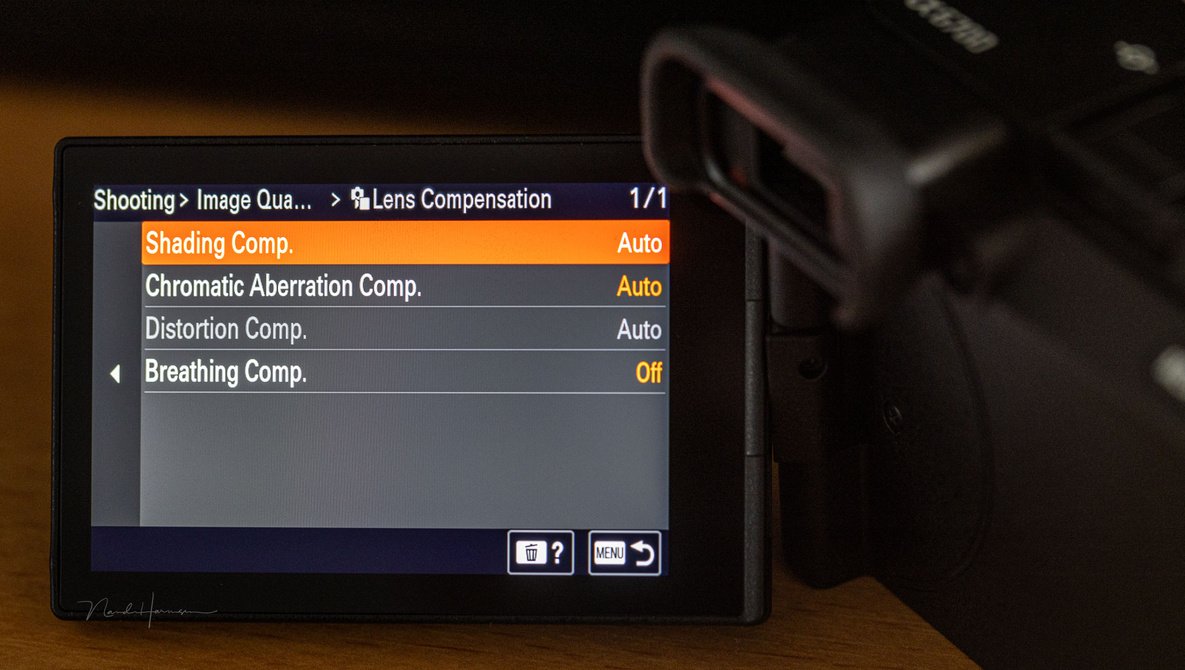Lens manufacturers are increasingly releasing new lenses that depend on software for image correction, raising questions about potential shortcuts in lens design. While lens correction can address issues like distortion and vignetting, some photographers are concerned about the growing reliance on it.
Historically, lens distortion was an expected characteristic, particularly in specialized lenses like fisheyes. Correcting this distortion through software was possible but could degrade image quality, especially at the edges. Modern lens design has made significant progress in minimizing optical flaws. Lens makers have strived for near-perfect images through complex designs and innovations in coatings and lens elements.
However, a recent trend indicates a shift towards lenses designed with the expectation of software correction. Several new lenses from brands like Sony and Canon exhibit noticeable distortion and vignetting that are intended to be corrected in-camera or through software processing. Examples include the Sony FE 20-70mm f/4 G, FE 16-25mm f/2.8 G, and FE 24-50mm f/2.8 G, as well as the Canon RF 10-20mm f/4L and the recent RF 24mm f/1.4L VCM, RF 35mm f/1.4L VCM, and RF 50mm f/1.4L VCM lenses. In some cases, these corrections are baked into the raw files themselves.
While software correction can deliver acceptable image quality in many situations, it presents challenges for certain photographic techniques. Image stacking, for instance, can suffer from banding artifacts due to the unique correction applied to each image. Techniques like focus stacking might also be affected. Furthermore, correcting vignetting can amplify noise, especially at high ISO settings, and distortion correction by stretching images may lead to a subtle loss of detail.
Despite these drawbacks, lenses designed for software correction offer benefits. Simplified optical designs can result in smaller, lighter, and potentially more affordable lenses. The Canon VCM series and Sony’s recent G series lenses are examples of this compact design philosophy. These smaller lenses are appealing for portability.
However, for photographers who require uncorrected images or prefer lenses with minimal inherent distortion, this trend might be concerning. The concern is that manufacturers may prioritize software-dependent designs, potentially limiting the availability of lenses that achieve high image quality purely through optical design. The shift prompts a debate about the balance between software correction and optical excellence in modern lens development and whether the pursuit of smaller, lighter lenses is overshadowing the desire for optimal optical performance from the outset.

Leave a Reply